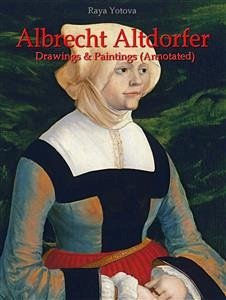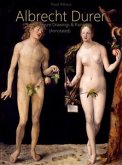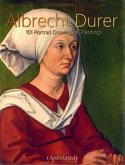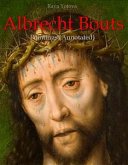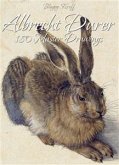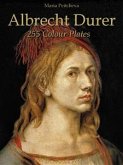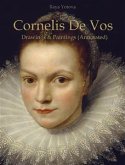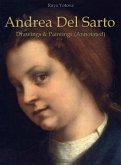The legacy of Altdorffer's surviving work consists of 55 panels painted with oil, over 120 drawings, and hundreds of etchings and engravings, as well as frescoes. He signed and dated each of his works. Altdorfer is a pioneer artist of the pure landscape, turning it into a standalone subject, as well as landscaped compositions; most of his works are such landscape compositions. Altdorfer believed that the human figure should not destroy nature but instead participate in it or imitate its natural processes. Taking as a base and developing the landscape style of Lucas Cranach, the Elder, Altdorfer pictured the beautiful landscape of the Danube valley with dense forests of hanging branches of pine and pine mosses, and often dramatic coloring from rising or setting sun. His Landscape with Footbridge from 1518-1520 is considered the first pure landscape made with oil paint. In this painting, he placed a large tree that formed a central axis and focuses on his picture. Some viewers perceive this landscape as anthropomorphic stylization - a tree that is supposed to display human qualities. Altdorfer has also made many excellent drawings, mostly feather, ink, and watercolor landscapes. Altdorfer often distorted the prospect of a beautiful effect. His donor figures are often painted in the scale of real figures, as has been the tradition of paintings of previous centuries. He also portrayed some portraits. In later works, Altdorfer moves more into mannerism and begins to depict the human form following the Italian model, as well as to dominate the picture with bold colors. Altdorfer was a significant engraver, with numerous wood engravings and about ninety-three etchings. Most of his best prints are landscapes; in them, Altdorfer most easily manages to show his style of drawing. He often combined etching and engraving with one single plate and produced an average of about 122 prints of a deep printing with it.
Bitte wählen Sie Ihr Anliegen aus.
Rechnungen
Retourenschein anfordern
Bestellstatus
Storno

